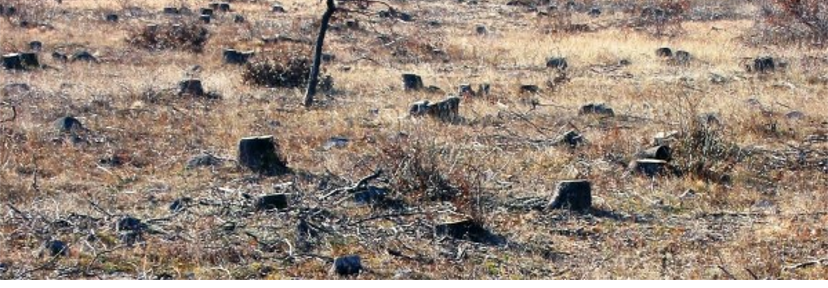Most kitchens in Haiti don’t offer the comfort of a stove, so charcoal is the most commonly used method for cooking. The immense demand for charcoal and exploitation during colonial times lead to extensive deforestation. This is not only having an immense impact on the ecological balance, but also causing soil erosion. The consequences are landslides and the loss of arable land. As a result, the destruction of Haiti’s natural forests is almost total, making the Caribbean country one of the most deforested in the world.
Tag: Facts about Haiti
-
Natural Hazards in Haiti
Due to its geographical location, natural hazards like flooding, earthquakes, and droughts happen occasionally in Haiti. It also lies in a hurricane belt which causes severe storms in the summertime. These storms pose difficult challenges to the population, since huge parts of the agricultural harvest are frequently lost.
-
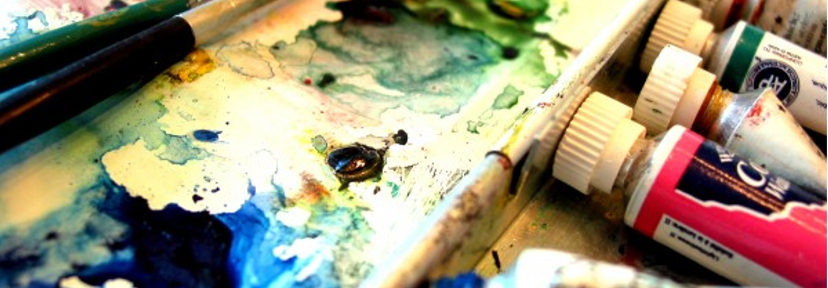
Haitian Culture, Art and Music
Haiti is shaped by many different cultures, with African, French, Spanish, and American Indian influences. Haitian paintings are often characterized by vivid colors and the mystic stories, rituals, and gods of the voodoo religion. In addition to canvas paintings, metal art is often produced in Haiti.
-
The Poverty Cycle in Haiti
The picture below represents some of the fundamental dynamics in the Haitian cycle of poverty. As the image shows, Haiti’s stagnant economy is due to many factors. Taken together, they pose a daunting challenge for the Haitian government.
-
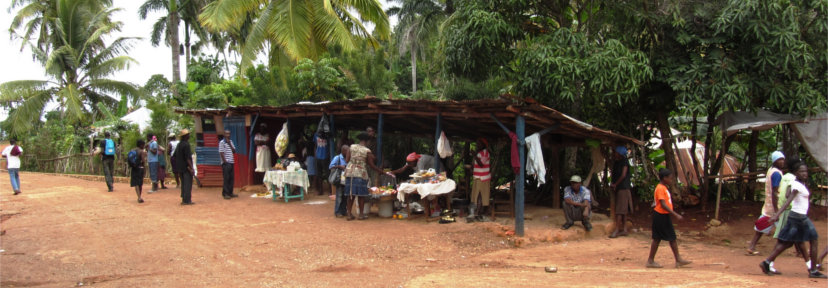
Haitians’ Daily Struggles and Backgrounds
Haiti’s economy is faced with many problems, such as access to reliable electricity and running water. Many streets in Haiti are not paved or in poor condition due to earthquakes or landslides. It often takes hours to travel short distances and mountain villages are usually completely cut off from traffic. Providing needed electricity for businesses is another obstacle. Power is often not available at all, or, like in Jeremie, only on a few hours per day. The same situation applies to running water.
-

The Economy in Haiti
About 80% of Haitians live off less than two U.S. dollars (USD) per day. The unemployment rate is estimated at 40%. The agricultural sector accounts for the main source of income in Haiti, mainly in the form of small-scale subsistence farming.
-
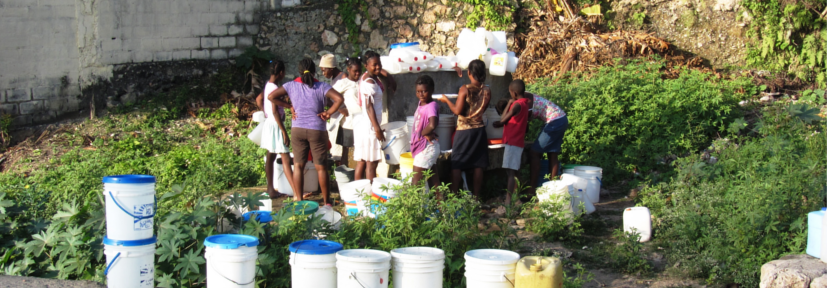
Haitian Living Conditions in Numbers
37% of Haitians (and 45% in rural areas) have no access to improved drinking water sources. Due to this lack of clean drinking water, the number of water-borne diseases in Haiti is very high.
-

Demographics in Haiti
The total population in Haiti is estimated at 9,801,664 people (July 2012), which is slightly more than metropolitan Chicago. More than a third of the Haitian population is 14 years old or younger. If the birth rate stays at a comparable level, providing for the rapidly growing population will impose a huge challenge to Haiti. The life expectancy averages 62 years which means that Haitians die on average 16 years younger than US Americans.
-
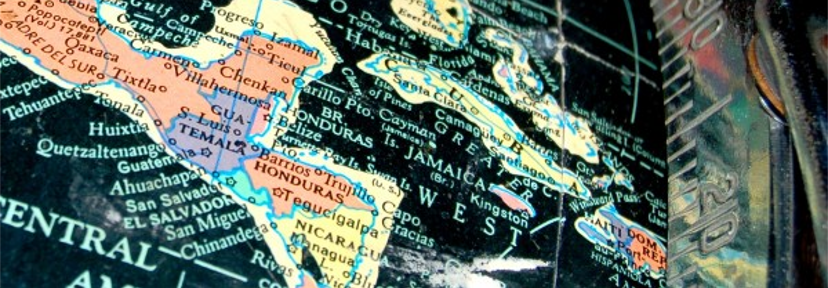
Geography of Haiti
Haiti is located in Central America on an island called Hispaniola. The island is divided into the Dominican Republic in the East and Haiti in the West.
-
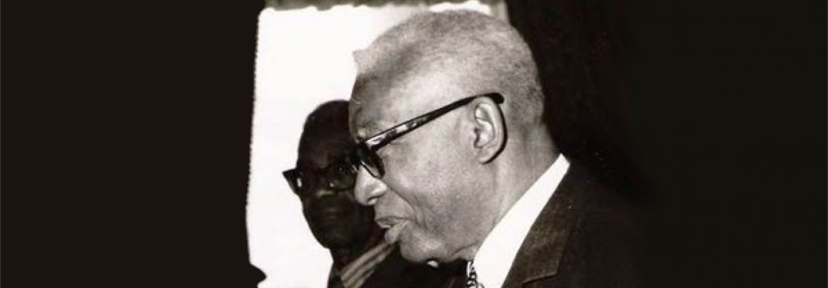
Decades of Haitian Dictatorship
Francois Duvalier, later known as “Papa Doc” became president in 1957. After surviving an attempted coup, he refilled the key positions in government, military, and economy with persons of his trust. Besides this, he secured his power by creating a ‘secret police’ which brutally suppressed the people. The “tonton macoutes” murdered over 30,000 Haitians. Victims were generals as well as farmers who didn’t fit into the dictator’s vision of Haiti. Because the members of this militia were paid almost nothing, many of them secured their survival by crime. Papa Doc also took advantage of the population’s beliefs by claiming to be “Baron Samedi”, one of the most powerful gods in the Haitian Voodoo religion. He officially became a lifetime president in 1964.
-
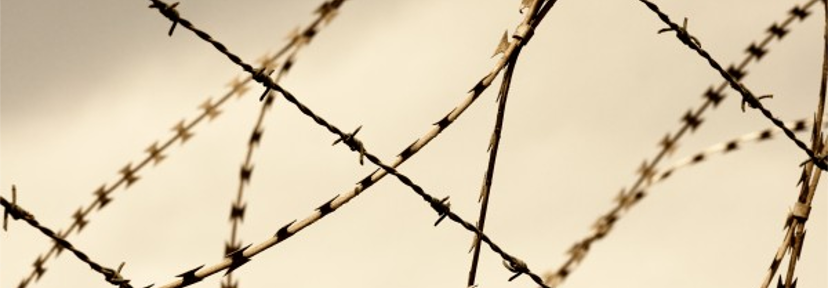
U.S. Occupation of Haiti
Several years of political turmoil culminated in the lynching of Haiti’s president. He was lynched by a crowd of people. This led way to the United States occupation of Haiti from 1915 to 1934.
-

Post-Colonial Times
After defeating and expelling the colonial powers, the slave descendants had yet another battle to be fought. Due to the class differentiation created by the white French colonists fathering children with their African slaves; and, despite the unifying factor of their oppression by the colonists, the single country of Haiti divided into two separate states. Those of darker complexion were led in the north of the island by Henri Cristophe, while Alexandre Petion held the lighter skinned southern state. After overcoming their class differences and intense internal fighting, Haiti reunited.
